Imagine waking up one morning to find that the lights won’t turn on, your phone’s dead, and the world outside is eerily silent. It’s a chilling thought, isn’t it? The possibility of a power grid collapse is a scenario that might seem like science fiction, but it’s a risk that experts are taking seriously. Our modern world is heavily dependent on electricity, and any disruption can have far-reaching consequences. But how real is this risk, and what factors contribute to it? Let’s delve into the complexities of our power systems and explore the potential threats they face.
The Backbone of Modern Civilization
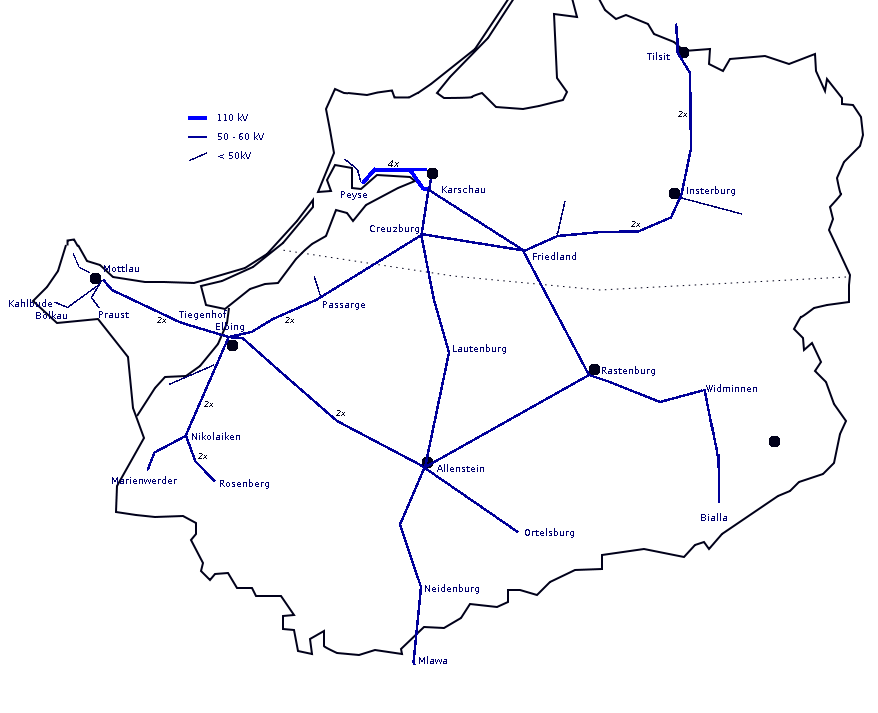
The power grid is often regarded as one of the most vital infrastructures of our time. It is the backbone that supports everything from our homes to hospitals and industries. Without it, our daily lives would come to a standstill. The grid is a complex network of power plants, transmission lines, and distribution centers that work together to deliver electricity. Just as a single broken link can disrupt a chain, a fault in the grid can lead to widespread chaos. Understanding this intricate system is crucial to appreciating the risks it faces.
Vulnerabilities in the System
The power grid, while robust, has its vulnerabilities. Natural disasters such as hurricanes, earthquakes, and wildfires can damage infrastructure and disrupt power supply. Moreover, cyberattacks pose a significant threat, with hackers potentially gaining control over grid operations. The grid is also susceptible to technical failures and human errors. These vulnerabilities highlight the importance of constant monitoring and maintenance to ensure system reliability.
The Role of Renewable Energy
With the shift towards renewable energy sources like solar and wind, the grid is undergoing significant changes. While these sources are environmentally friendly, they introduce variability and unpredictability into the system. Solar panels and wind turbines depend on weather conditions, making it challenging to maintain a consistent power supply. Integrating these renewable sources into the grid requires advanced technology and smart grid solutions to manage fluctuations and ensure stability.
Impact of Climate Change
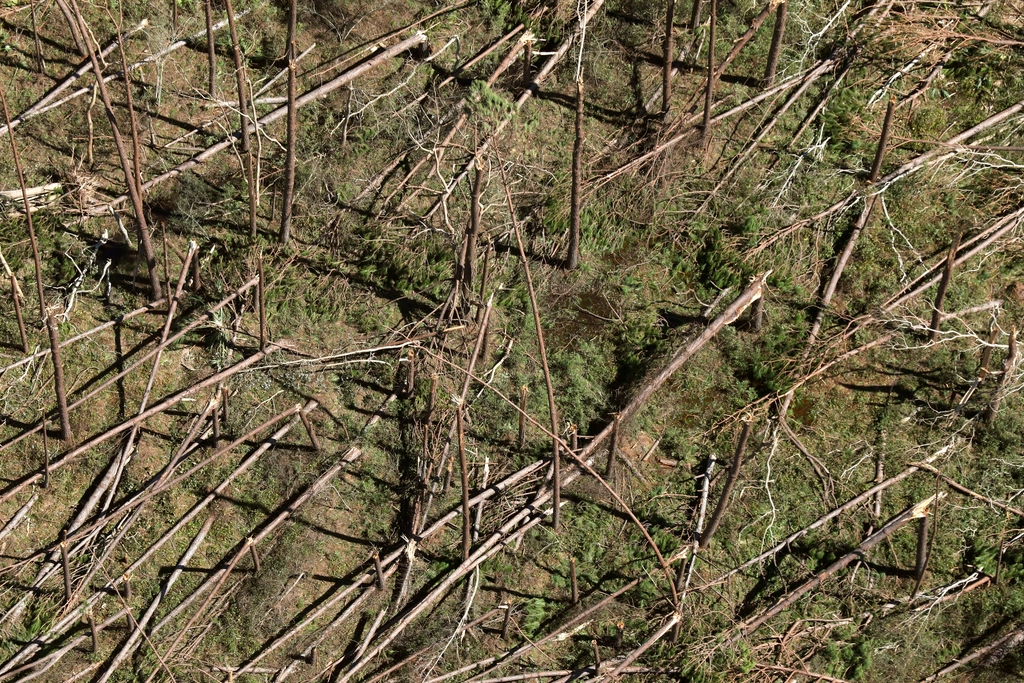
Climate change is an undeniable reality that affects every aspect of our lives, including our power systems. Rising temperatures increase electricity demand, especially for cooling purposes, putting additional strain on the grid. Extreme weather events, which are becoming more frequent, can damage infrastructure and lead to power outages. Addressing climate change is not just about reducing emissions; it’s also about building resilient systems that can withstand its impacts.
Cybersecurity Threats
In our digital age, cybersecurity is a major concern for power grid operators. Cyberattacks have the potential to disrupt grid operations, leading to widespread blackouts. The Stuxnet worm, which targeted Iran’s nuclear facilities, is a stark reminder of the damage that cyber threats can inflict. Protecting the grid from such attacks requires robust security measures, constant vigilance, and international cooperation.
Grid Modernization Initiatives
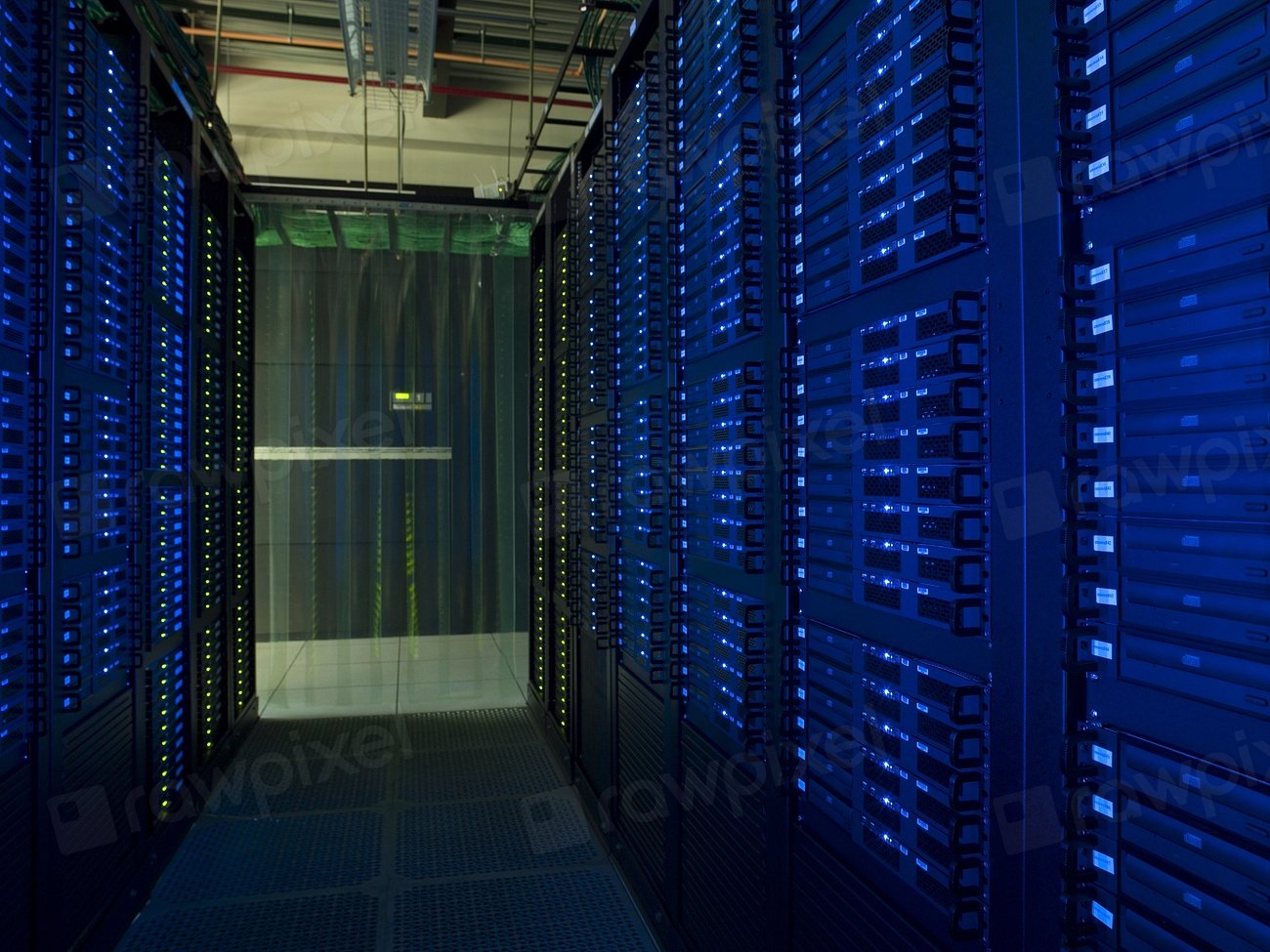
To address the challenges facing the power grid, modernization initiatives are underway. Smart grids, equipped with advanced sensors and communication technologies, offer real-time monitoring and control. They enable efficient energy distribution and rapid response to disruptions. Additionally, microgrids and energy storage solutions provide localized power generation and backup, enhancing grid resilience.
The Human Factor

Human error is an often-overlooked risk to the power grid. Mistakes in operation, maintenance, or decision-making can lead to catastrophic failures. Training programs and strict protocols are essential to minimize these risks. Furthermore, public awareness and preparedness are crucial to ensure that communities can respond effectively in the event of a power outage.
The Economic Implications
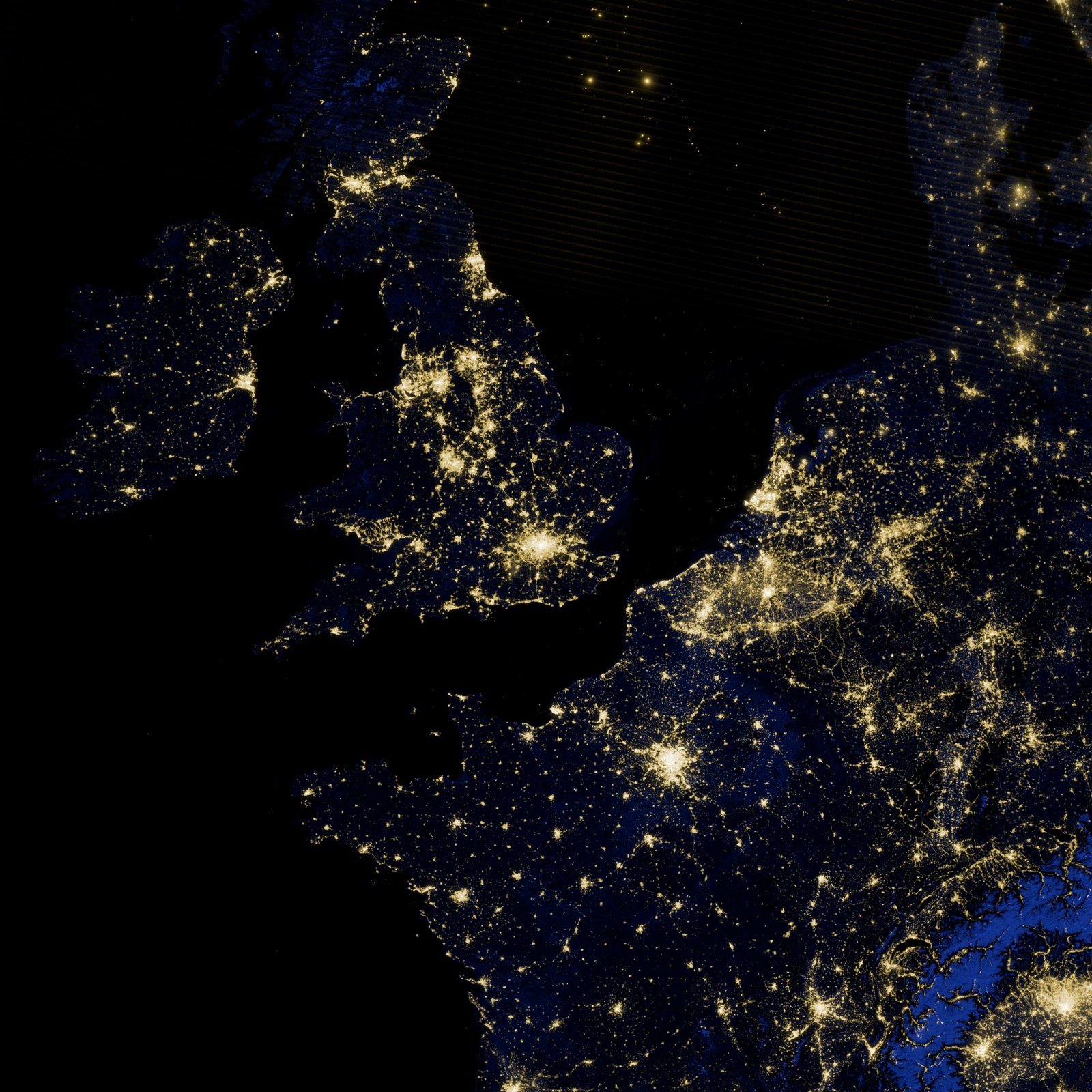
A power grid collapse would have severe economic repercussions. Industries would halt production, financial markets could be disrupted, and essential services would be compromised. The cost of restoring operations and repairing damaged infrastructure would be enormous. Investing in grid resilience is not just a matter of safety; it’s an economic necessity to prevent potential losses.
Lessons from Past Incidents
History has shown us the devastating impact of power grid failures. The 2003 Northeast blackout in the United States and Canada affected 50 million people, causing billions in economic losses. These incidents serve as reminders of the importance of grid resilience and the need for continuous improvement. Learning from past mistakes is key to preventing future disasters.
Looking Ahead: The Future of Power Grids
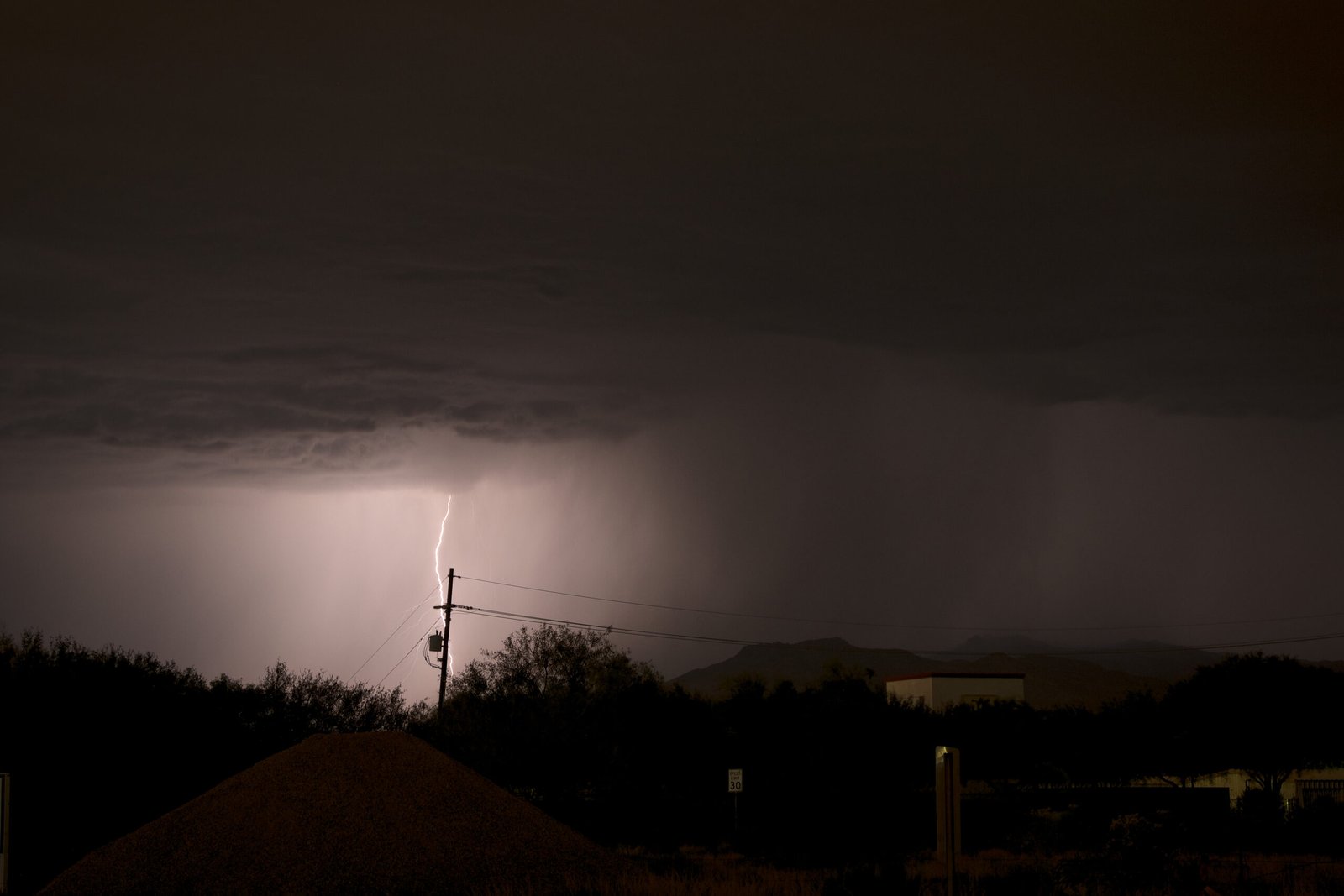
As we look to the future, the power grid must evolve to meet the demands of a changing world. Innovations in technology, policy, and infrastructure are essential to building a resilient and sustainable grid. Collaboration between governments, industries, and communities is crucial to address the challenges ahead. The question remains: Are we prepared to face the risks, or will we be caught off guard?



